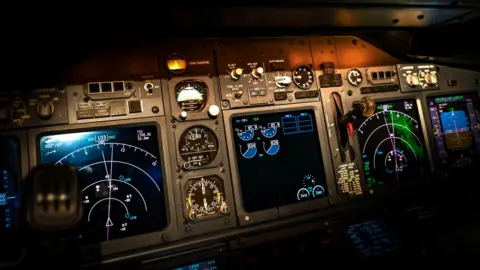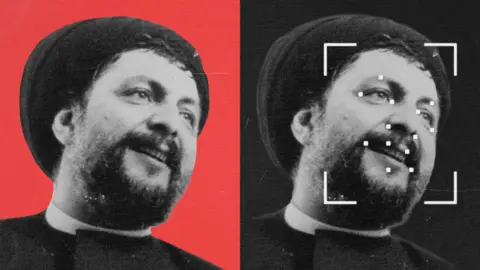The recent preliminary report on the tragic crash of Air India Flight 171, which resulted in the death of 260 individuals in June, has not provided the anticipated closure but rather intensified speculation surrounding the incident. Key findings indicate that shortly after takeoff, both fuel-control switches of the Boeing 787 were abruptly switched to "cut-off," an action expected only post-landing, leading to a total loss of engine power. This perplexing detail has fueled discontent among aviation analysts and the public, as the cockpit voice recording reveals a disconcerting exchange between the pilots regarding the circumstances of the fuel cutoff.
In the short time before the crash, the co-pilot, Clive Kunder, was flying the aircraft while captain Sumeet Sabharwal monitored the flight. The cockpit exchange captures the co-pilot asking the captain why the fuel was turned off, yet neither pilot clarifies who activated the switches. As the investigation unfolds, there is a growing focus on the senior pilot, with some reports suggesting Captain Sabharwal may have inadvertently caused the issue, a notion vehemently contested by the Indian Commercial Pilots' Association.
While the Aircraft Accident Investigation Bureau (AAIB) leads the inquiry, it has criticized media reports that prematurely draw conclusions without sufficient evidence. The United States' National Transportation Safety Board (NTSB) echoed this sentiment, emphasizing that a comprehensive investigation takes time and is not easily simplified to pilot error or deliberate action.
The lack of a complete cockpit voice recorder (CVR) transcript has led to a swirl of theories regarding the conditions leading to the tragedy. Some aviation experts argue the switches could have been manipulated unknowingly, while others consider possible equipment malfunctions. The preliminary report confirmed both fuel switches were in "cut-off," but it remains uncertain whether this was a deliberate act by either pilot or a malfunction.
The AAIB's chief expressed caution in making unfounded assumptions, stating that time-stamped dialogue in the final report will offer better clarity on events. Current speculation spans from pilot confusion to potential automation-related issues, signaling a complex narrative still evolving. The investigation continues to seek clarity on the technical and human factors that led to this aviation disaster, as families and the broader community await definitive answers.





















